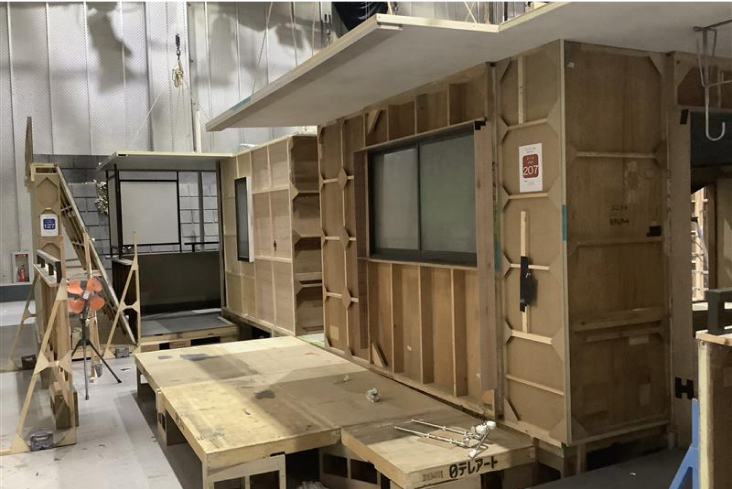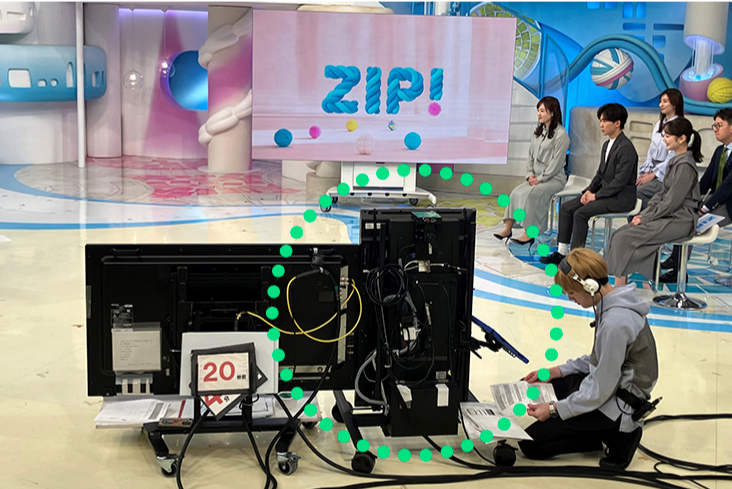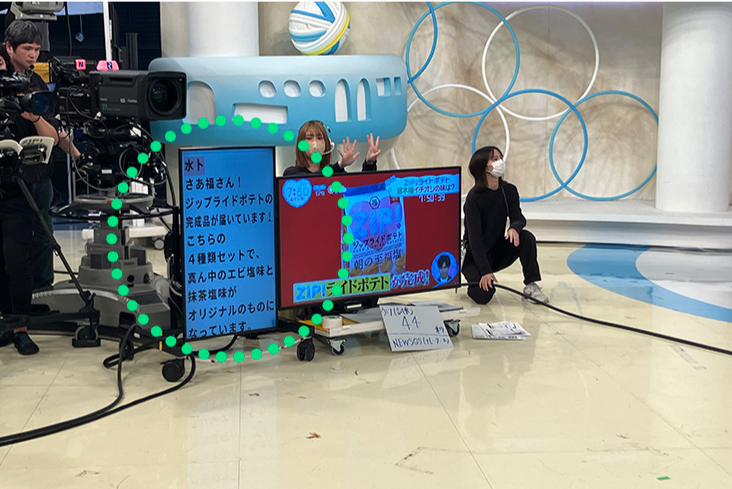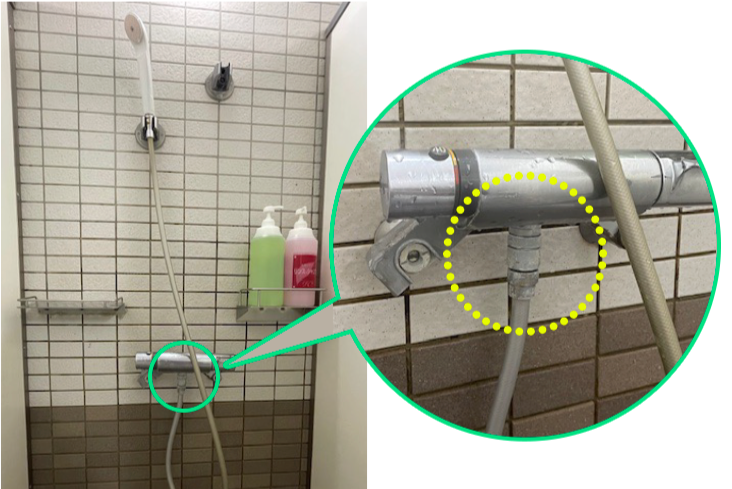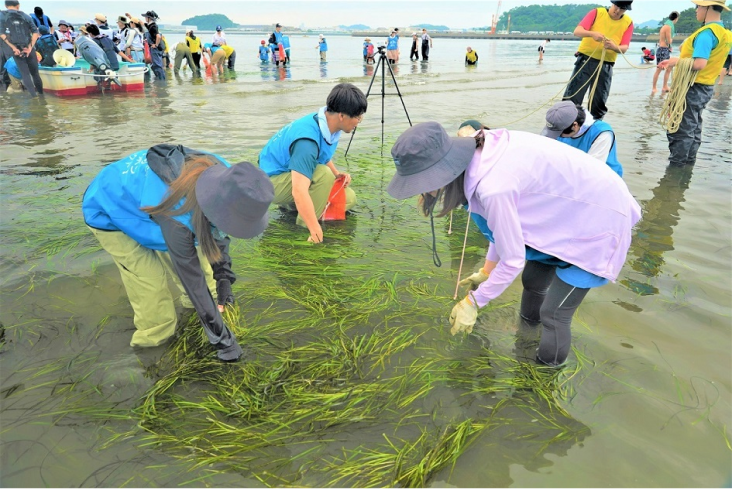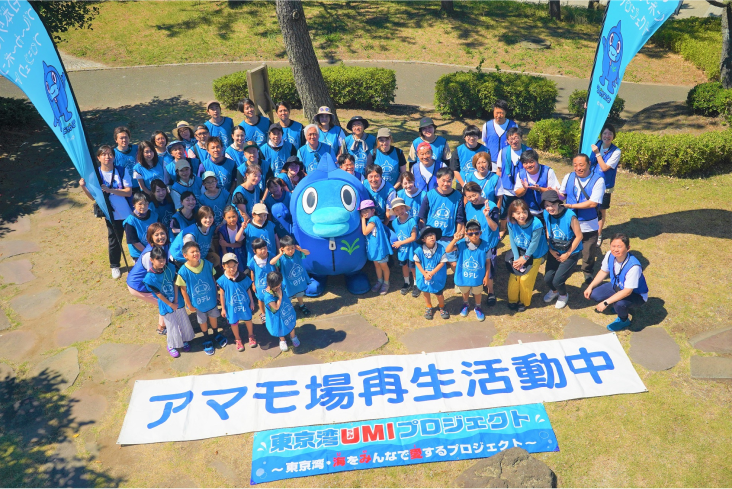1.5℃ Scenario
(in which a low carbon society rapidly develops)
- ◎:Huge impact
- ○:Some impact
- △:Slight impact
- Short term: Within 3 years Medium term: Around 2030 Long term: Around 2050
Media Content Business
(Nippon TV, AX-ON, NiTRo, NTV ART, NTV EVENTS, and NTV Service)
| Items |
Anticipated scenarios |
Risks |
Opportunities |
Time frame of occurrence |
| Stricter GHG regulations |
Increased business costs due to increased renewable energy prices, carbon taxes and emissions trading |
◎ |
|
Short/ medium term |
Price pass-through due to increased costs resulting from stricter regulations and carbon taxes, etc.
(Increased production costs for programs, etc.) |
○ |
|
Short/ medium term |
| Increases in capital expenditures |
Increased costs by installing more power-saving facilities due to stricter regulations |
○ |
|
Short/ medium term |
| Reputation |
Deterioration of corporate brand image due to lagging initiatives to reduce CO2 emissions |
○ |
|
Short/ medium term |
| Enhancement of corporate brand image by providing news coverage of disasters and rolling out campaigns for global warming countermeasures |
|
○ |
Short/ medium term |
| Changes in viewer preferences and sponsors’ needs |
Demand will increase further for content related to global warming and sustainability, such as “24-Hour Television,” “Good For the Planet” and “Karada Week” campaign
Increased environmental awareness programs and events in collaboration with sponsor companies |
|
◎ |
Short/ medium term |
| Changes in lifestyles |
Changes in employee work styles, such as progress in DX and further use of remote work will make it possible to downsize office space |
|
○ |
Short/ medium/ long term |

Life and Health Related Business
(TIPNESS and some businesses of NTV Service)
| Items |
Anticipated scenarios |
Risks |
Opportunities |
Time frame of occurrence |
| Stricter GHG regulations |
Increased business costs due to increased renewable energy prices, carbon taxes and emissions trading |
◎ |
|
Short/ medium term |
| Price pass-through due to increased costs resulting from stricter regulations and carbon taxes, etc. |
○ |
|
Short/ medium term |
| Increases in capital expenditures |
Increased costs by installing more power-saving facilities due to stricter regulations |
○ |
|
Short/ medium term |
| Reputation |
Deterioration of corporate brand image due to lagging initiatives to reduce CO2 emissions |
○ |
|
Short/ medium term |
| Enhancement of corporate brand image by making progress in initiatives to reduce CO2 emissions |
|
○ |
Short/ medium term |
| Changes in lifestyles |
Increased demand for fitness businesses due to increased awareness regarding health and management of physical condition |
|
◎ |
Medium/ long term |
In the 1.5℃ scenario, companies will be required to take stricter measures to reduce GHG emissions, and cost increases are expected due to the introduction of carbon taxes and increased demand for renewable energy. If the government enforces stricter regulations, increases in capital expenditures will be inevitable. Furthermore, lagging initiatives to reduce CO2 emissions will directly result in the deterioration of corporate brand image.
On the other hand, due to increased public interest in climate change, the role of the media to communicate accurate information will become increasingly important. If a company is seen not to be playing an adequate role, the trust placed in the company by viewers and sponsors will inevitably be diminished. In addition, it is expected that there will be an increased demand in program production for content aimed at sustainability and realization of carbon neutrality. The Group, which has the Media Content Business as the core business, is aware that we have a great responsibility to not only promote reductions in the Group’s CO2 emissions, but also to appeal to society to prevent more serious climate change from occurring.
Impacts of stricter regulations to reduce CO2 emissions and increased energy procurement costs are also anticipated as business risks for the Life and Health Related Business. We believe that measures to capture changes in lifestyles and increased health awareness are necessary, such as progress in DX and extended use of remote work, while constraining price pass-through due to increased operation costs.



The abbreviated name for the Task Force on Climate-related Financial Disclosures. The TCFD recommends that companies, etc. disclose climate-related risks and opportunities in terms of their “governance,” “strategy,” “risk management,” and “metrics and targets.”



















